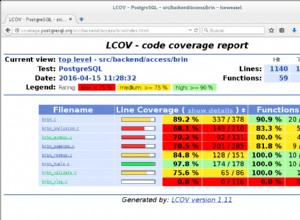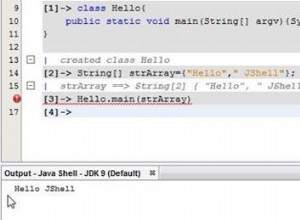Utwórz dane testowe...
create table test (a int, b int, c int, constraint pk_test primary key(a, b));
create table test2 (a int, b int, c int, constraint uk_test2 unique (b, c));
create table test3 (a int, b int, c int, constraint uk_test3b unique (b), constraint uk_test3c unique (c),constraint uk_test3ab unique (a, b));
Lista indeksów i indeksowanych kolumn:
select
t.relname as table_name,
i.relname as index_name,
a.attname as column_name
from
pg_class t,
pg_class i,
pg_index ix,
pg_attribute a
where
t.oid = ix.indrelid
and i.oid = ix.indexrelid
and a.attrelid = t.oid
and a.attnum = ANY(ix.indkey)
and t.relkind = 'r'
and t.relname like 'test%'
order by
t.relname,
i.relname;
table_name | index_name | column_name
------------+------------+-------------
test | pk_test | a
test | pk_test | b
test2 | uk_test2 | b
test2 | uk_test2 | c
test3 | uk_test3ab | a
test3 | uk_test3ab | b
test3 | uk_test3b | b
test3 | uk_test3c | c
Zwiń nazwy kolumn:
select
t.relname as table_name,
i.relname as index_name,
array_to_string(array_agg(a.attname), ', ') as column_names
from
pg_class t,
pg_class i,
pg_index ix,
pg_attribute a
where
t.oid = ix.indrelid
and i.oid = ix.indexrelid
and a.attrelid = t.oid
and a.attnum = ANY(ix.indkey)
and t.relkind = 'r'
and t.relname like 'test%'
group by
t.relname,
i.relname
order by
t.relname,
i.relname;
table_name | index_name | column_names
------------+------------+--------------
test | pk_test | a, b
test2 | uk_test2 | b, c
test3 | uk_test3ab | a, b
test3 | uk_test3b | b
test3 | uk_test3c | c




